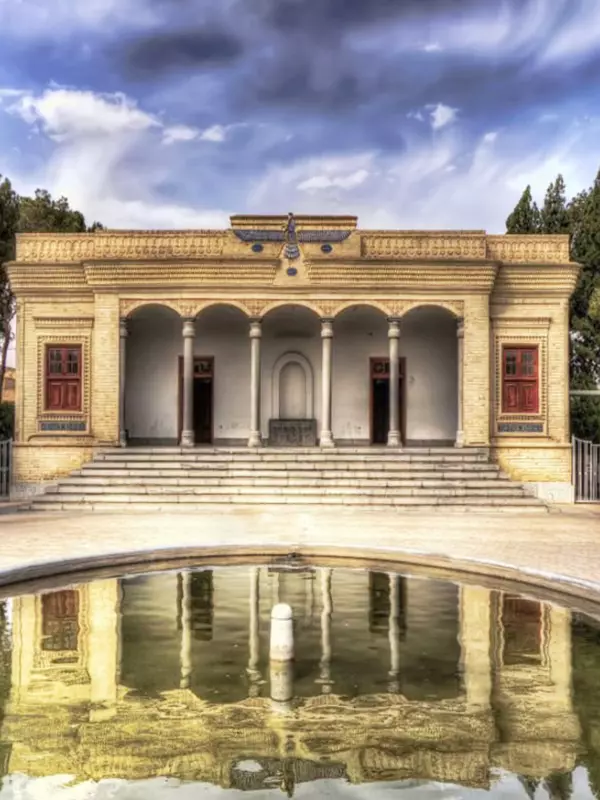
fire and sun
Yazd is a historic city located in central Iran, situated between the Dasht-e Kavir and the Dasht-e Lut deserts. It is the capital of Yazd Province and has a rich history, unique architecture, and a distinct cultural heritage. Here's an overview of Yazd:
Historical Significance: Yazd is one of the oldest continuously inhabited cities in the world, with a history dating back over 5,000 years. It has been a center of Zoroastrianism, one of the world's oldest religions, and played a vital role in the spread of Islam in Iran.
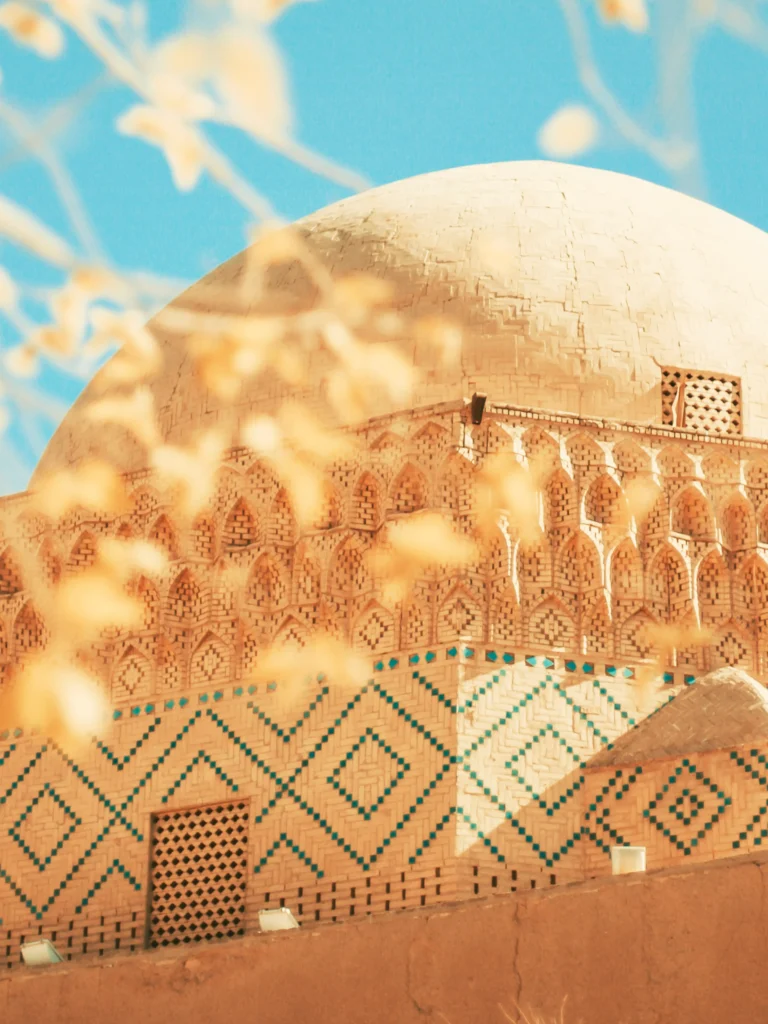
Yazd is a historic city located in central Iran, situated between the Dasht-e Kavir and the Dasht-e Lut deserts. It is the capital of Yazd Province and has a rich history, unique architecture, and a distinct cultural heritage. Here’s an overview of Yazd:
Historical Significance: Yazd is one of the oldest continuously inhabited cities in the world, with a history dating back over 5,000 years. It has been a center of Zoroastrianism, one of the world’s oldest religions, and played a vital role in the spread of Islam in Iran.
Architecture: The city is renowned for its traditional desert architecture, featuring windcatchers (known as badgirs), mud-brick houses, and labyrinthine alleys. The distinctive windcatchers were designed to capture and channel cool breezes into buildings, providing natural ventilation and cooling in the desert heat.
Zoroastrian Heritage: Yazd is home to a significant Zoroastrian community and has several historical sites associated with this ancient religion. The most famous is the Towers of Silence (Dakhma), where Zoroastrians used to place their dead to be exposed to vultures as part of their funeral rituals. The Fire Temple of Yazd houses an eternal flame that has been burning for centuries.
Jameh Mosque of Yazd: The Jameh Mosque is an architectural masterpiece and one of the most important mosques in Iran. It showcases a blend of different architectural styles spanning several centuries, with intricate tilework, soaring minarets, and a peaceful courtyard.
Historical Neighborhoods: Yazd has several well-preserved historical neighborhoods, such as the Fahadan district, which is a UNESCO World Heritage site. These neighborhoods feature traditional houses, narrow lanes, and atmospheric courtyards, offering a glimpse into the city’s past.
Water Management Systems: Due to its desert location, Yazd has developed ingenious systems for water management. The qanats, underground water channels, have played a crucial role in supplying water to the city for centuries. The ancient system of ab-anbars, underground water reservoirs, can also be seen throughout Yazd.
Cultural Festivals: Yazd hosts various cultural festivals throughout the year, celebrating its heritage and traditions. The Yazd Nowruz Festival marks the Persian New Year, while the Yazd International Puppet Theater Festival showcases puppetry performances from around the world.
Silk Weaving and Handicrafts: Yazd is known for its silk weaving and handicrafts. The city’s silk workshops produce exquisite fabrics and textiles, including silk scarves and clothing. You can visit the workshops and bazaars to witness the traditional craftsmanship.
Yazd offers a unique blend of history, culture, and architectural marvels. Its distinct desert setting, ancient traditions, and welcoming atmosphere make it a captivating destination for travelers interested in exploring the rich heritage of Iran.
what is yazd famous for?
Yazd is famous for several aspects of its culture, history, and architectural heritage. Here are some key things that Yazd is renowned for:
Zoroastrian Heritage: Yazd is known for its strong connection to Zoroastrianism, one of the world’s oldest religions. It has a significant Zoroastrian community and is home to important religious sites such as the Towers of Silence (Dakhma) and the Fire Temple, where an eternal flame has been burning for centuries.
Desert Architecture: The city is famous for its unique desert architecture, characterized by mud-brick houses, windcatchers (badgirs), and narrow alleyways. The windcatchers are traditional ventilation systems that capture and direct cool breezes into buildings, providing natural cooling in the hot desert climate.
Historic Neighborhoods: Yazd has well-preserved historic neighborhoods, such as the Fahadan district, which is a UNESCO World Heritage site. These neighborhoods feature traditional houses with distinctive architectural elements, creating an enchanting atmosphere.
Jameh Mosque of Yazd: The Jameh Mosque is a significant religious and architectural landmark in Yazd. It is known for its grandeur, intricate tilework, and a stunning mix of architectural styles from different periods.
Qanats and Water Management: Due to its desert location, Yazd has developed sophisticated water management systems, including qanats (underground water channels) and ab-anbars (underground water reservoirs). These systems have played a crucial role in providing water for the city for centuries and are an important aspect of Yazd’s engineering heritage.
Silk Weaving and Textiles: Yazd is renowned for its silk weaving and textile industry. The city’s silk workshops produce high-quality fabrics and textiles, including silk scarves, clothing, and intricate textiles woven with traditional patterns.
Cultural Festivals: Yazd hosts various cultural festivals throughout the year that celebrate its traditions and heritage. The Yazd Nowruz Festival marks the Persian New Year and includes festivities, music, and traditional ceremonies. The Yazd International Puppet Theater Festival showcases puppetry performances from around the world.
Culinary Delights: Yazd is known for its unique culinary specialties. The city offers delicious traditional dishes such as Yazdi Biryani (a rice dish with meat), Yazdi sweets (such as Baghlava and Qottab), and local bread varieties like Taftoon and Komaj.
These are some of the things that make Yazd famous and draw visitors to experience its rich history, cultural heritage, and architectural marvels.
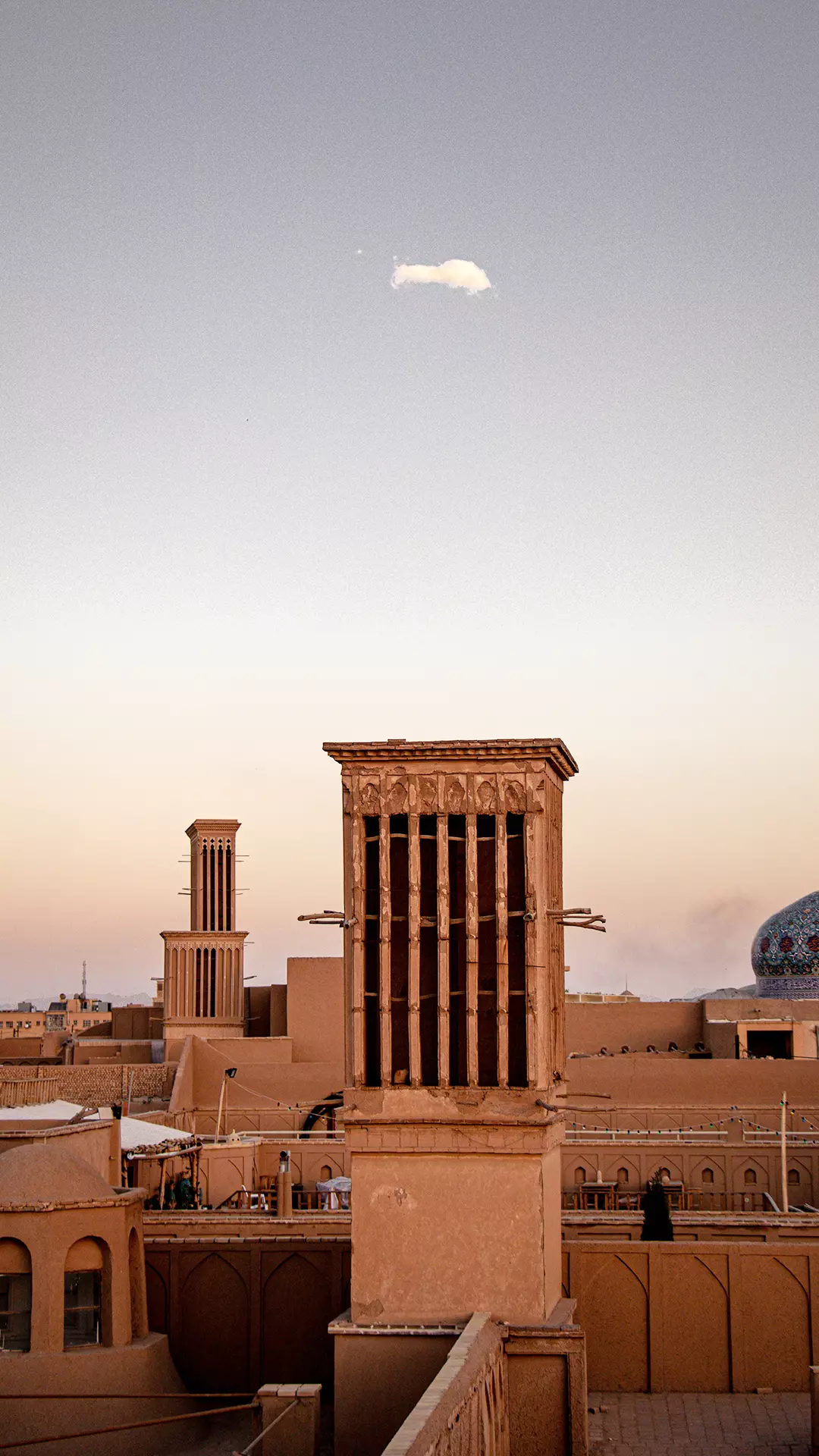
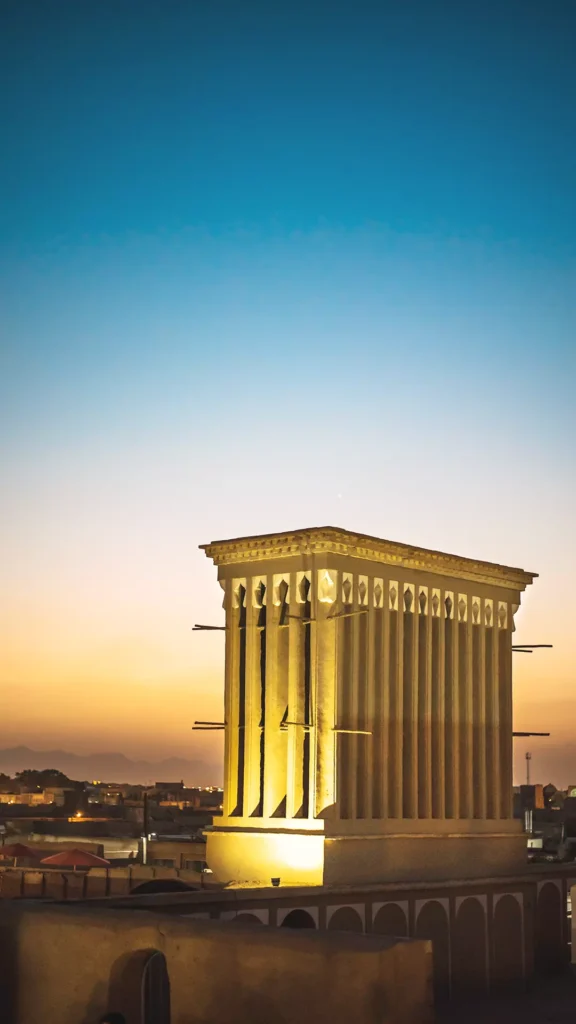
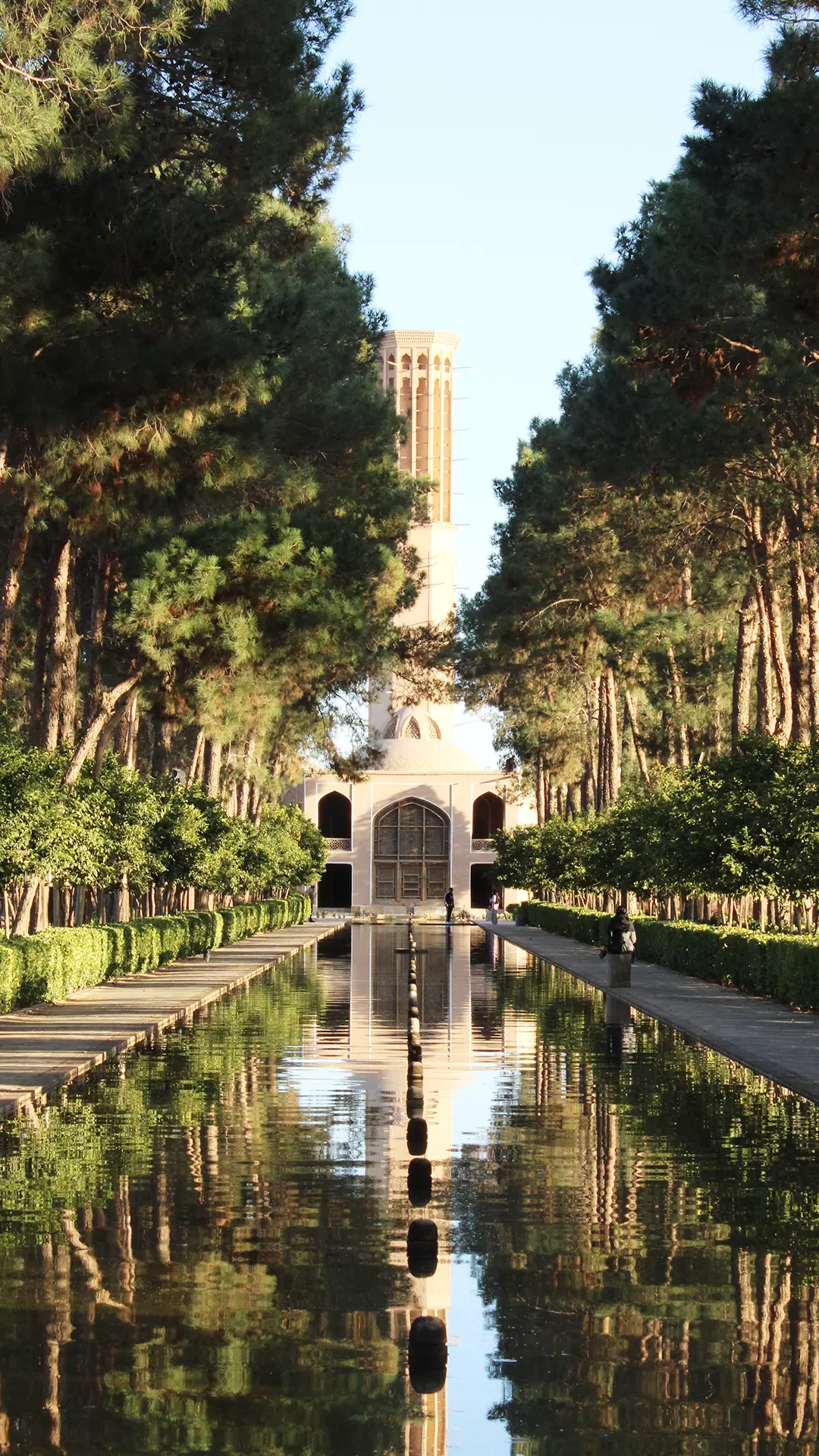
yazd history
Yazd has a long and rich history that dates back thousands of years. Here is an overview of the history of Yazd:
Ancient and Pre-Islamic Period: Yazd has a history that predates recorded civilization. Archaeological excavations in the region have revealed evidence of human habitation dating back to at least the 3rd millennium BCE. The city is believed to have been founded during the time of the Achaemenid Empire, around the 6th century BCE.
During the Achaemenid, Parthian, and Sassanian periods, Yazd flourished as an important center along the Silk Road, serving as a hub for trade and commerce between Persia and Central Asia.
Zoroastrian Influence: Yazd became a center of Zoroastrianism, the ancient Persian religion founded by Zarathustra (Zoroaster). The city played a significant role in the spread and preservation of Zoroastrianism throughout history. Many Zoroastrian temples, fire temples, and religious sites were established in Yazd, and the city became a pilgrimage destination for Zoroastrians.
Islamic Period: With the arrival of Islam in the 7th century CE, Yazd gradually transitioned from a predominantly Zoroastrian city to a Muslim-majority city. It came under the control of various Islamic dynasties, including the Umayyads, Abbasids, Seljuks, and Mongols.
Under the Mongol Ilkhanate, Yazd witnessed a period of prosperity and development. The Mongols recognized the city’s importance and established a postal system, improved infrastructure, and supported commerce and trade.
Safavid and Qajar Dynasties: During the Safavid Dynasty in the 16th and 17th centuries, Yazd experienced a decline in political significance but remained an important cultural and commercial center. It became a prominent center for silk production and trade.
In the 19th century, during the Qajar period, Yazd continued to prosper. The city became a significant center for trade and manufacturing, particularly in textiles and carpets.
Modern Era: In the 20th century, Yazd played a role in the Iranian Constitutional Revolution of 1905-1911, which sought to establish a constitutional monarchy and representative government in Iran. The city actively participated in the movement, and its residents supported the cause of constitutionalism.
Today, Yazd is recognized as an important cultural and historical city, known for its unique architecture, Zoroastrian heritage, and traditional way of life. It has been designated as a UNESCO World Heritage site in recognition of its historical significance and architectural treasures.
Yazd’s rich history and cultural heritage make it a captivating destination for visitors seeking to explore the ancient roots of Persia and experience the traditions that have shaped the city over the centuries.
yazd population
As of my knowledge cutoff in September 2021, the population of Yazd, Iran, was estimated to be around 640,000 people. However, please note that population figures can change over time due to factors such as natural growth, migration, and urban development. For the most accurate and up-to-date information on Yazd’s population, I recommend referring to recent official sources or conducting further research based on the current year.
yazd city area
Yazd is a city located in central Iran and is the capital of Yazd Province. It covers an area of approximately 131 square kilometers (50.6 square miles). The city is situated between the Dasht-e Kavir and the Dasht-e Lut deserts.
Yazd is characterized by its unique desert landscape, with low-rise buildings, narrow alleys, and winding streets. The historic city center is known for its traditional adobe architecture, featuring mud-brick buildings that blend harmoniously with the desert surroundings. The city’s architecture is designed to adapt to the arid climate, with features such as windcatchers (badgirs) that provide natural ventilation and help cool the buildings.
The city’s boundaries extend beyond the historic core, encompassing residential, commercial, and industrial areas. These areas consist of modern buildings, infrastructure, and urban development, which have gradually expanded over time.
Yazd’s urban area includes various neighborhoods, such as Fahadan, which is a UNESCO World Heritage site known for its well-preserved historical buildings and traditional atmosphere. Other neighborhoods and districts within the city include Mehriz, Ashkezar, and Bahabad.
In addition to the urban area, Yazd is surrounded by vast desert landscapes, providing a picturesque backdrop to the city. The desert surroundings contribute to the unique ambiance and natural beauty of Yazd.
The city’s compact size and manageable area make it convenient for exploring and navigating its attractions, historical sites, and cultural landmarks. Visitors can easily explore the narrow streets, visit the bazaars, and experience the distinct atmosphere of this ancient desert city.
yazd weather
Yazd has a desert climate characterized by hot and dry summers and cool winters. Here’s an overview of the weather conditions you can expect in Yazd:
Summer (June to August): Summers in Yazd are hot and arid. The average high temperatures during this season range from 35°C (95°F) to 40°C (104°F), and occasionally can exceed 45°C (113°F) during heatwaves. The nights are relatively cooler, with average lows around 20°C (68°F). The city experiences very little rainfall during the summer months.
Autumn (September to November): Autumn in Yazd is mild and pleasant. Temperatures gradually begin to cool down, with average highs ranging from 30°C (86°F) in September to around 20°C (68°F) in November. Nights start to become cooler, with lows ranging from 10°C (50°F) to 15°C (59°F). Autumn is generally a dry season, with minimal rainfall.
Winter (December to February): Winters in Yazd are cool with occasional cold spells. Average high temperatures range from 12°C (54°F) in December to around 15°C (59°F) in February. Nights can get quite cold, with temperatures dropping to around 0°C (32°F) or below. Snowfall is rare in Yazd, but there may be occasional light snow showers during colder periods.
Spring (March to May): Spring in Yazd is mild and pleasant, with temperatures gradually warming up. Average highs range from 17°C (63°F) in March to around 25°C (77°F) in May. Nights start to become milder, with lows ranging from 5°C (41°F) to 12°C (54°F). Spring is relatively dry, although there may be occasional rainfall.
Yazd experiences very low annual precipitation, with an average of around 50 millimeters (2 inches) per year. The city is known for its abundant sunshine throughout the year.
Given the hot and dry climate, it is advisable to take precautions to stay hydrated, protect yourself from the sun, and dress appropriately when visiting Yazd, especially during the summer months.
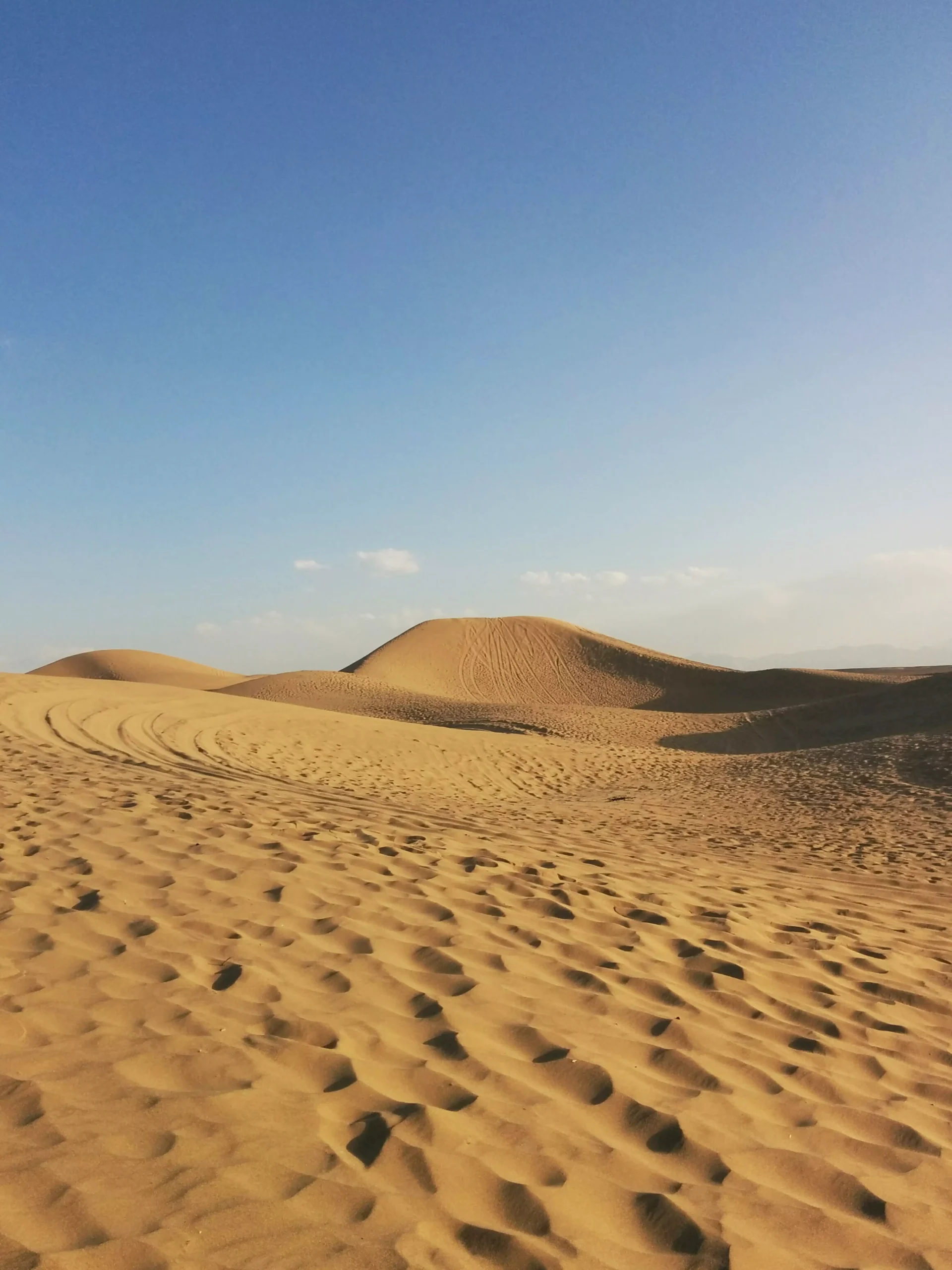
Desert Architecture
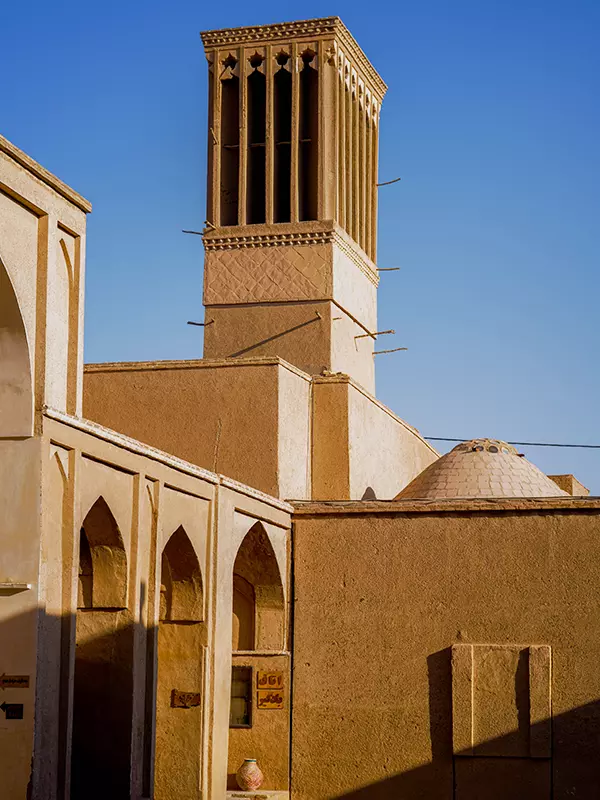
Windmill of Yazd
